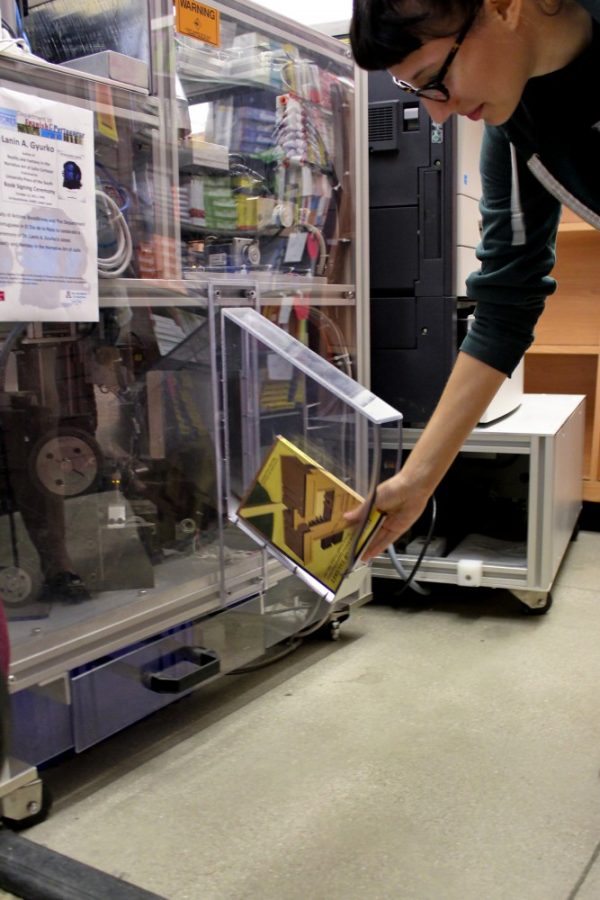In times of advancing technology and the rise of electronic publishing, self-publishing is reshaping the entire book industry as authors see it as a more lucrative option.
Jana Bradley, head of a team researching self-publishing at the School of Information Resources and Library Science, said that the ability to self-publish electronically provides an author with more options. According to a recent study led by Bradley, self-publishing now accounts for over eight times the output of traditional publishing, especially on the Internet.
Self-publishing is gaining a lot of attention with the success of best seller “50 Shades of Grey,” which became the first book to sell more than 1 million Kindle copies.
The rough, complicated system of having an agent and publishers is why UA alumna Tricia Rigli decided to self-publish her novel, “Amaranthine,” through Amazon’s self-publishing company CreateSpace.
“Amaranthine,” which took Rigli two months to write and two years to edit, is about a high school girl named Crimson who loves to read a book series about a vampire named Nicholae Albaric, and then discovers that he is a real vampire. They end up falling in love from a distance, and when a special trait is discovered about Crimson, she becomes a target for the rest of the vampire world.
“When I was trying to get my book out there, there were so many vampire books coming out and absolutely no one (publishers) was interested, which was just really frustrating because I knew I had something to offer,” said Rigli, who is now working on copyrighting her title to sell her book in stores.
Regardless of the medium or company one decides to use to publish their work, Bradley said, it is about being mindful of the many options available.
“The decision whether to self-publish or not is a very personal one. It depends on the situation,” said Bradley. “But if you decide to go the self-publish route, hire an editor and make it the best book it can (be).”
In 2009, the UofA Bookstore introduced the Espresso Book Machine, a printing machine which grants writers greater accessibility and low-cost alternatives to printing and binding works.
Located on the lower level of the Bookstore at the Student Union Memorial Center, the machine converts digital content to the printed page and then binds the content into a soft-cover book format in a variety of sizes. Bookstore Faculty Relations worker Chris Schafer, describes the machine to be like its caffeine-brewing namesake: fresh, made-to-order and unique to that particular job. It’s also the only machine of its kind in a state bookstore, and is available for use to any potential author in the community, Schafer added.
According to Kurtis Durfey, assistant director of Marketing and Communications at the Bookstore, the machine was introduced on campus to provide custom publishing services for UA faculty that would offer a wide array of options for the delivery of textbooks and other classroom resources.
“Self-publishing using the EBM provides a cost-efficient, low-run solution for literary hobbyists or for authors with a specific low-quantity publishing need,” Durfey said.









